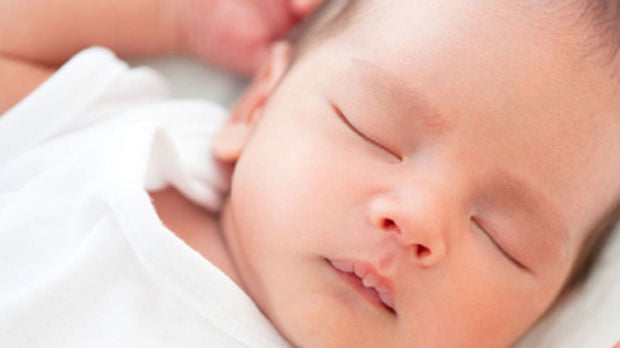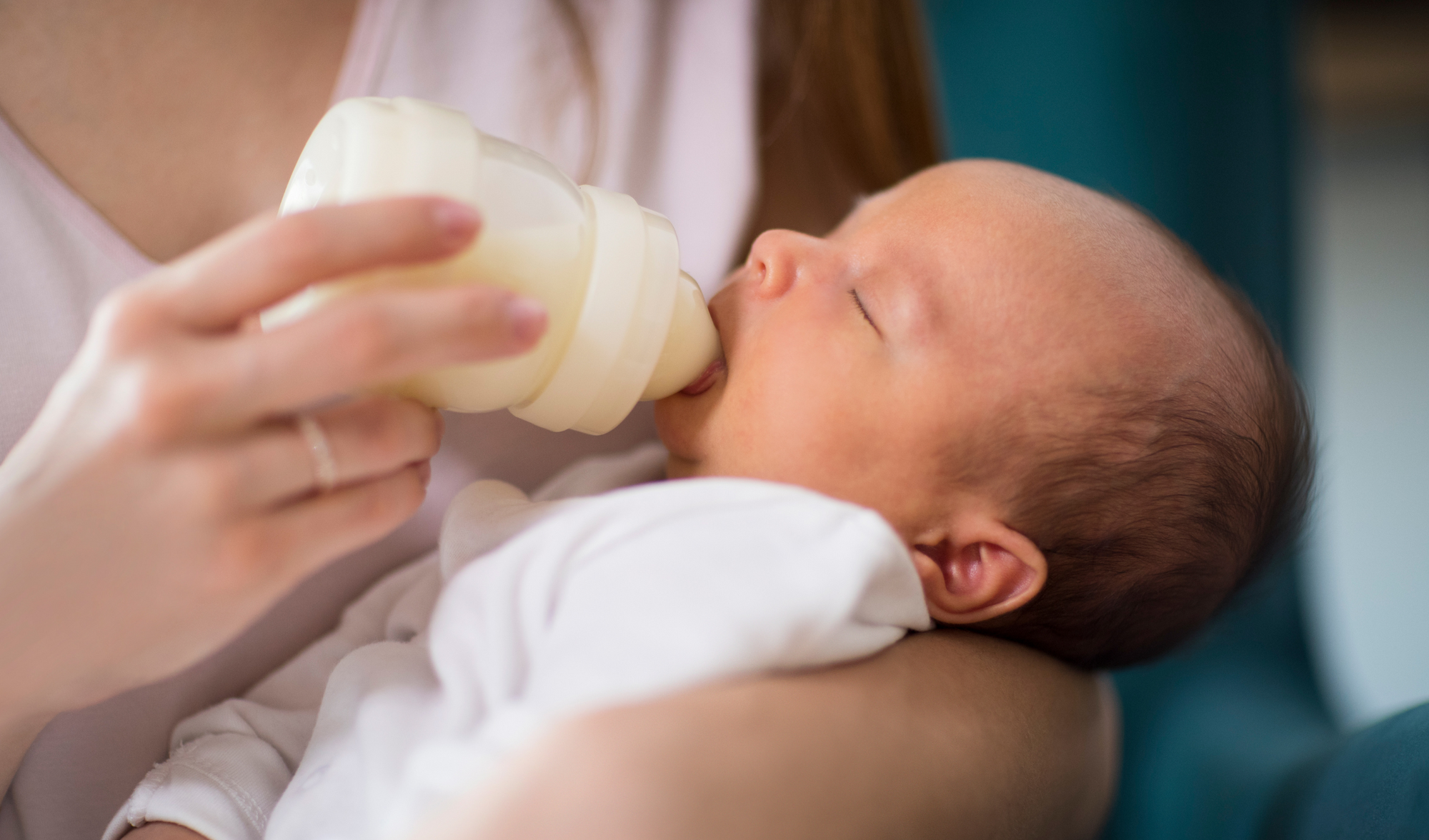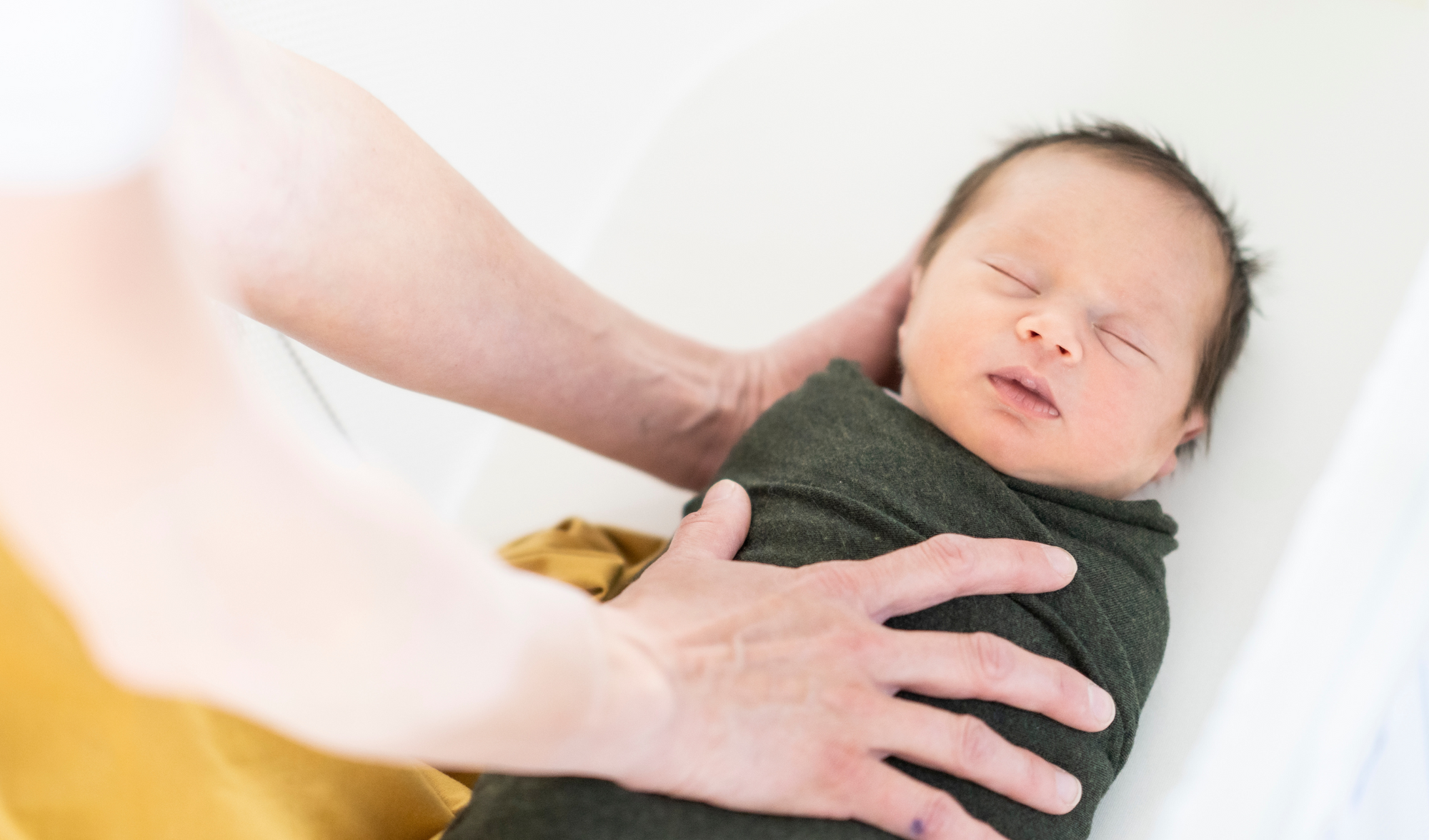In the latest of our blog post safety series, we’re taking a look at safety in your baby’s bedroom as this is an area which usually sparks concern amongst parents. Naturally, you’ll want your baby’s bedroom to be a safe space for them to rest and (in an ideal world) sleep the whole night through, so what areas should be your priority? Read on to find out.
Safe temperature
Keeping your baby’s bedroom a safe temperature for sleeping is crucially important, because it is very dangerous for babies to sleep in temperatures that are too hot. Between 20oC -22oC is generally ideal for a comfortable night’s rest. Pay attention to any seasonal temperature fluctuations which might require more ventilation or heating depending on the weather. Remember – it’s very easy for you to shake off the covers if you get too warm, but impossible for your baby. Check your baby’s core temperature throughout the night and if they feel too warm, remove a layer of clothing.
Safe sleeping
Keep your baby safe while they sleep by making sure they are positioned correctly in their crib. Ideal sleeping position for babies is on their back, with their feet near the bottom of the crib to prevent them from wriggling under the covers. There should be no pillows, blankets or toys around them which could cause obstructions to their breathing. It’s not recommended that your baby sleeps with a blanket until they are 12 months old, but if you choose to use one make sure it is tucked in under the mattress and that it reaches no higher than your baby’s chest.
Floor space
It goes without saying they you should try and keep your floor as clear as possible from potential trip hazards, so use shelving, wardrobes or drawers to keep toys, clothes and other bits and pieces tidied away as much as possible. Clear away play mats once you’ve finished using them too.
Co-sleeping
There has been a growing trend recently for parents to co-sleep with their babies, using a specially designed cot which allows you and your baby to sleep next to each other. This fits alongside the bed with one side removed so that you can easily reach your baby to soothe or feed them during the night. There are some great tips in this article on how to make co-sleeping safer which you should read if you are considering this practice.
When should baby be in their own room?
For the first six months, your baby should sleep in the same room as you. After this, you can move them into their own room, but you may still have to get up to tend to them during the night for feeding and if they get unsettled by teething problems. Make sure you keep a baby monitor turned on at all times so you can hear them if they call out or sound distressed.


